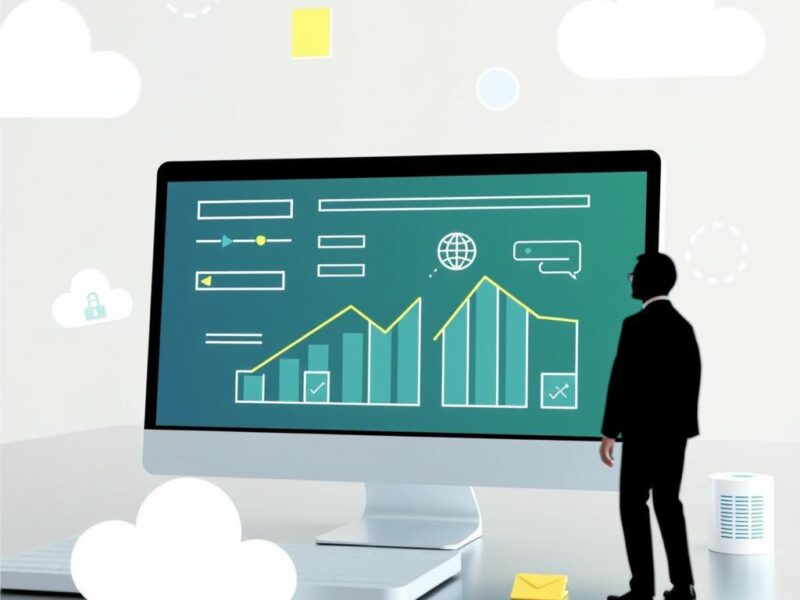In 2025, businesses are relying more than ever on technology to drive sales and revenue. Customer Relationship Management (CRM) software has proven to be a critical tool in this process, helping businesses automate tasks, gain insights, and build stronger customer relationships. Here’s how CRM software can significantly boost sales and revenue in 2025.
1. Streamlined Sales Processes
CRM software automates and streamlines various stages of the sales process, from lead generation to deal closure. With features like sales pipelines and automated follow-ups, sales teams can focus more on high-priority leads and opportunities, speeding up the sales cycle.
2. Better Lead Management
A CRM helps businesses track and manage leads efficiently. By categorizing and prioritizing leads based on behavior and engagement, sales teams can focus their efforts on the most promising prospects, improving conversion rates.
3. Data-Driven Sales Strategies
CRM software provides valuable insights into customer behavior, preferences, and buying patterns. These insights help businesses develop targeted sales strategies and tailor their offerings to meet customer needs, increasing the likelihood of closing sales.
4. Improved Customer Retention
Selling to existing customers is often more cost-effective than acquiring new ones. CRM systems track past interactions, purchases, and preferences, enabling businesses to nurture relationships and engage in personalized communication that boosts customer loyalty and repeat sales.
5. Cross-Selling and Upselling Opportunities
A CRM’s ability to segment customers based on behavior and buying history makes it easier for sales teams to identify opportunities for cross-selling and upselling. By offering relevant products or services at the right time, businesses can increase the average order value and overall revenue.
6. Enhanced Collaboration Among Sales Teams
CRM software provides a shared platform for sales teams, ensuring better communication and collaboration. By having access to the same customer data and sales progress, teams can work together more efficiently, leading to faster deal closures and higher revenue.
7. Improved Forecasting and Reporting
With built-in analytics, CRMs can predict sales trends, project revenue, and generate detailed reports. Sales teams can use these insights to refine strategies, set realistic goals, and forecast future performance more accurately, ultimately leading to better financial planning.
8. Efficient Lead Nurturing
CRM systems enable businesses to set up automated workflows for lead nurturing. Whether through email campaigns, follow-up reminders, or personalized offers, CRM helps businesses stay in touch with leads throughout the buyer’s journey, increasing the chances of conversion.
9. Personalization of Customer Interactions
With a CRM, businesses can personalize communication based on customer data, ensuring that each interaction is relevant and engaging. This personalized approach increases customer satisfaction, which directly influences sales and long-term revenue growth.
10. Integration with Marketing Tools
CRM systems integrate with marketing tools like email platforms, social media, and advertising software. This integration allows businesses to run cohesive marketing campaigns that align with their sales efforts, creating a seamless customer experience that drives revenue.
CRM software in 2025 provides businesses with the tools needed to increase sales, streamline operations, and drive revenue growth. By automating processes, offering data-driven insights, and enabling personalized customer interactions, CRMs help businesses close more deals and maximize profitability.



